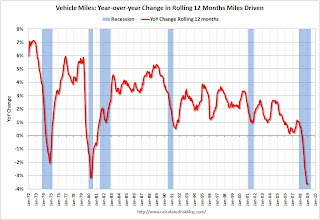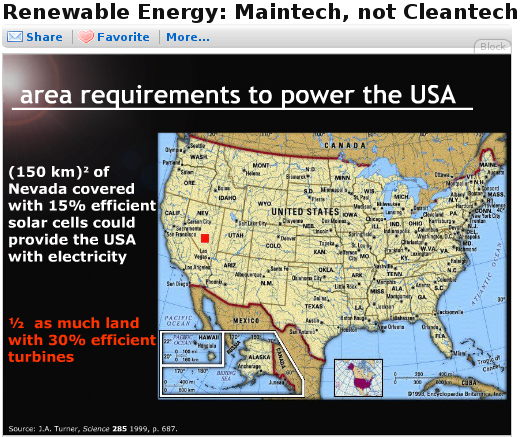 Today
in USA Today:
Today
in USA Today:
The nation heads into the Independence Day holiday weekend amid the longest and steepest decline in driving since the invention of the automobile.Maybe this would be a good time to implement busses and rail.Since the number of miles traveled by motor vehicles in the USA peaked in November 2007, the nation’s 12-month total has dropped by 123 billion miles, or slightly more than 4%. That’s a bigger decline than the drop of just above 3% during the 1979-80 Iranian revolution that triggered a spike in gasoline prices in the USA.
The 4% drop is the equivalent of taking between 8 million and 10 million drivers off the road.
“We may be witnessing the beginning of a fundamental shift in American driving habits,” says Ed McMahon, senior research fellow at the Urban Land Institute, a non-profit group that promotes innovative development.
McMahon says his research shows that people over the past three years are trending toward compact, transit-oriented developments that mix residential, retail and office uses and encourage walking. Even when the economy recovers, he says, people won’t resume driving at previous rates.And if they had mass transit to use then instead of cars, we’d all be better off.









